
Exploring the Enchanting Isle of Lewis
Discover the Isle of Lewis: A blend of ancient history, stunning landscapes, and vibrant Gaelic culture in the heart of Scotland's Outer Hebrides.
The Isle of Lewis, located in the Outer Hebrides of Scotland, is a destination where ancient history and stunning landscapes come together. This island is known for its rich cultural heritage, with remnants of the past visible in its standing stones and traditional blackhouses. Visitors can explore the Callanish Standing Stones, a mysterious and iconic site that dates back to the Neolithic era, offering a glimpse into ancient rituals and customs. Beyond its historical treasures, the Isle of Lewis boasts breathtaking natural beauty. From the dramatic cliffs and white sandy beaches to the serene moorlands and lochs, the island offers a diverse range of landscapes for nature lovers to explore. Wildlife enthusiasts will be delighted by the opportunity to spot seals, dolphins, and a variety of bird species in their natural habitats. The island is also home to vibrant communities where Gaelic culture and traditions are still very much alive. Visitors can experience local music, dance, and storytelling, and sample delicious Hebridean cuisine, including fresh seafood and traditional dishes like black pudding. The warm hospitality of the locals makes every visitor feel welcome, adding to the charm of this unique destination.
Local tips in Isle of Lewis
- Visit the Callanish Standing Stones early in the morning or late in the evening to avoid crowds and capture stunning photos.
- Pack layers and waterproof clothing, as the weather can be unpredictable and change rapidly.
- Renting a car is recommended to fully explore the island's remote and scenic areas.
- Try local delicacies like Stornoway black pudding and fresh seafood at family-run restaurants.
- Learn a few basic Gaelic phrases to enhance your cultural experience and connect with the locals.
Exploring the Enchanting Isle of Lewis
The Isle of Lewis, located in the Outer Hebrides of Scotland, is a destination where ancient history and stunning landscapes come together. This island is known for its rich cultural heritage, with remnants of the past visible in its standing stones and traditional blackhouses. Visitors can explore the Callanish Standing Stones, a mysterious and iconic site that dates back to the Neolithic era, offering a glimpse into ancient rituals and customs. Beyond its historical treasures, the Isle of Lewis boasts breathtaking natural beauty. From the dramatic cliffs and white sandy beaches to the serene moorlands and lochs, the island offers a diverse range of landscapes for nature lovers to explore. Wildlife enthusiasts will be delighted by the opportunity to spot seals, dolphins, and a variety of bird species in their natural habitats. The island is also home to vibrant communities where Gaelic culture and traditions are still very much alive. Visitors can experience local music, dance, and storytelling, and sample delicious Hebridean cuisine, including fresh seafood and traditional dishes like black pudding. The warm hospitality of the locals makes every visitor feel welcome, adding to the charm of this unique destination.
When is the best time to go to Isle of Lewis?
Iconic landmarks you can’t miss
Calanais Standing Stones
Explore the ancient mysteries of the Calanais Standing Stones, a breathtaking prehistoric site on the Isle of Lewis, Scotland.
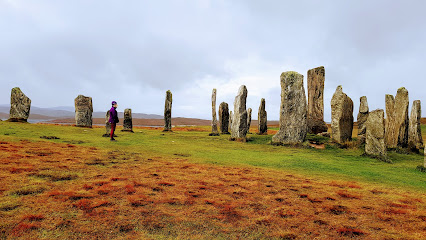
Butt of Lewis Lighthouse
Discover the historic Butt of Lewis Lighthouse, an iconic landmark offering breathtaking views and hiking adventures on the beautiful Isle of Lewis.
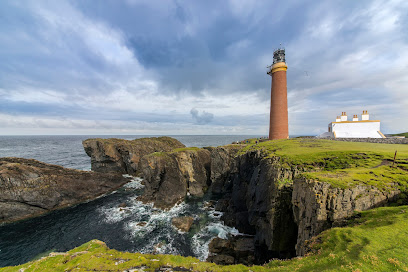
Unmissable attractions to see
Lews Castle
Explore the stunning Lews Castle in Stornoway, where history meets nature in the breathtaking Isle of Lewis.
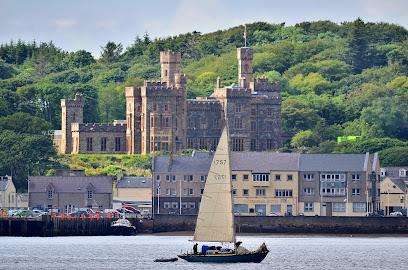
An Lanntair
Explore the vibrant arts scene at An Lanntair, Stornoway's cultural hub offering cinema, art exhibitions, and a cozy cafe.
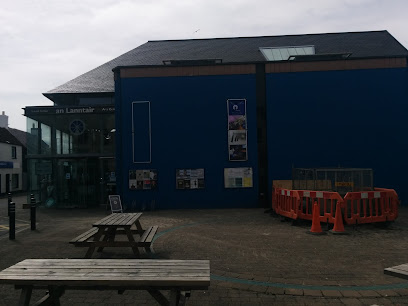
Woodlands Centre
Explore the stunning natural beauty and rich heritage of the Woodlands Centre in Stornoway, a top tourist attraction in the Isle of Lewis.
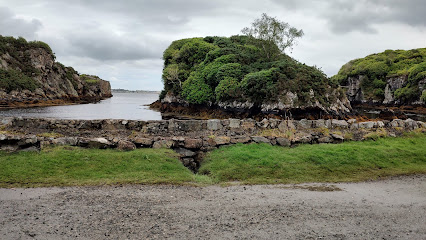
Reef Beach
Experience the breathtaking beauty of Reef Beach on the Isle of Lewis, where soft sands and azure waters create the perfect escape.
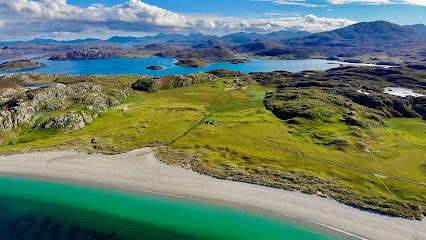
Comunn Eachdraidh Nis
Explore the captivating heritage of the Isle of Lewis at Comunn Eachdraidh Nis, featuring a museum, archive, café, and unique gift shop.
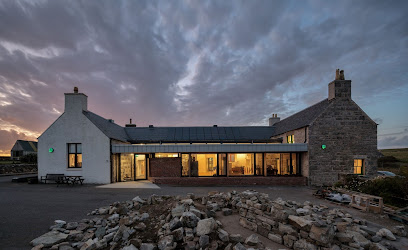
Callanish Alpacas
Explore the enchanting Callanish Alpacas and discover the beauty of the Isle of Lewis with friendly creatures and delightful local offerings.
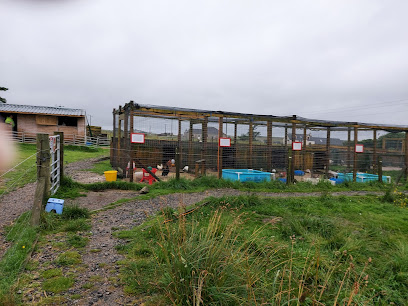
Eoropie Beach
Discover the serene beauty of Eoropie Beach on the Isle of Lewis, a perfect coastal retreat for relaxation and outdoor adventures.
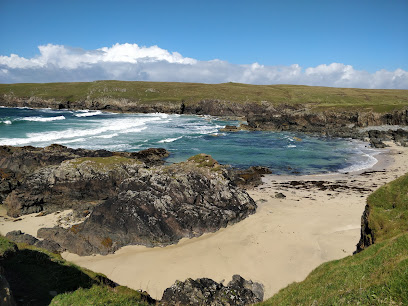
Port of Ness Beach
Explore the stunning Port of Ness Beach on the Isle of Lewis, where golden sands meet dramatic cliffs in a breathtaking coastal paradise.
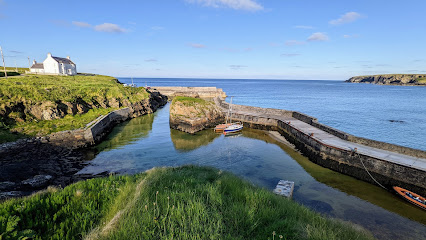
Norse Mill and Kiln
Discover the rich Norse heritage at the Norse Mill and Kiln on the Isle of Lewis, a unique historical site in Scotland's breathtaking landscape.
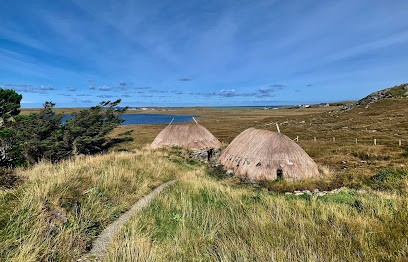
Traigh Mhòr
Experience the stunning beauty of Traigh Mhòr, a pristine beach on the Isle of Lewis, where nature and culture come together for an unforgettable visit.
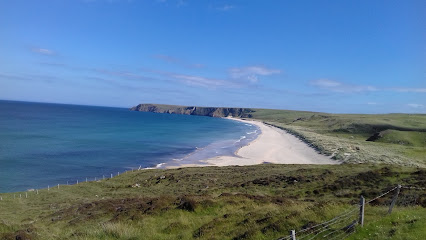
North Harris Eagle Observatory
Discover the breathtaking North Harris Eagle Observatory, a nature reserve where you can witness majestic eagles and experience the serene beauty of the Isle of Harris.
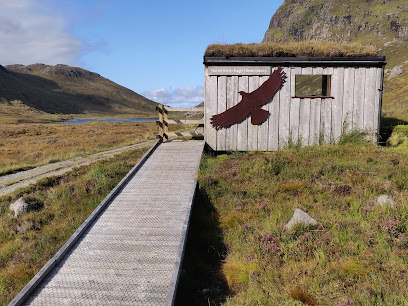
Clach An Truishal Standing Stone
Explore the ancient allure of Clach An Truishal, a sacred standing stone on the Isle of Lewis, rich in history and breathtaking landscapes.
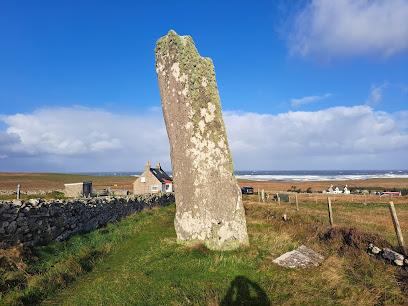
Traigh Ghearadha (Gary Beach)
Experience the unspoiled beauty of Traigh Ghearadha, a stunning beach on the Isle of Lewis, perfect for relaxation and outdoor adventures.
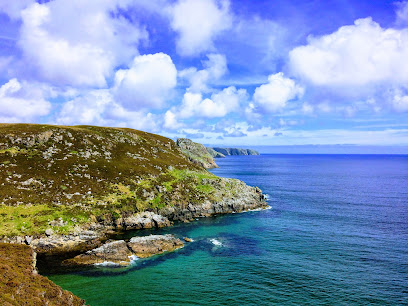
Whalebone Arch
Explore the Whalebone Arch, a stunning symbol of maritime heritage on the Isle of Lewis, offering breathtaking views and rich local history.
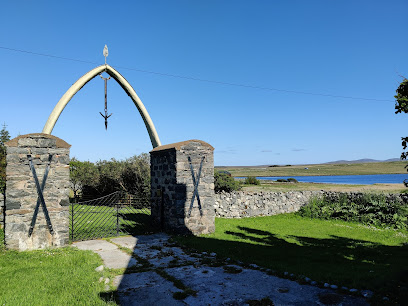
Lews Castle Grounds
Discover the natural beauty and historical charm of Lews Castle Grounds on the Isle of Lewis, a perfect destination for nature lovers and history enthusiasts alike.
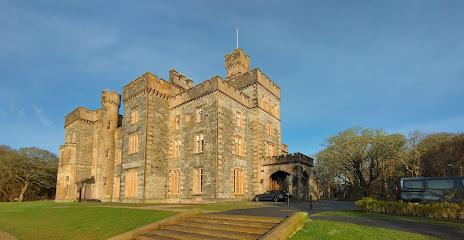
Essential places to dine
Crown Hotel
Discover Stornoway's charm at Crown Hotel - where comfort meets local flavors in an unforgettable Hebridean experience.

Eleven Restaurant & Bar
Experience diverse flavors at Eleven Restaurant & Bar in Stornoway - where fresh ingredients meet inviting ambiance.
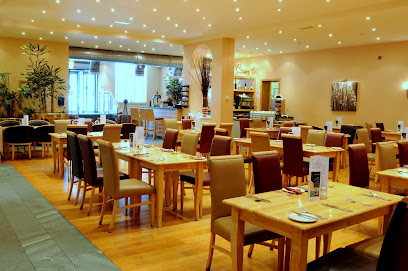
HS-1 Cafe Bar
Experience the best of local flavors at HS-1 Cafe Bar in Stornoway - where culinary excellence meets cozy comfort.
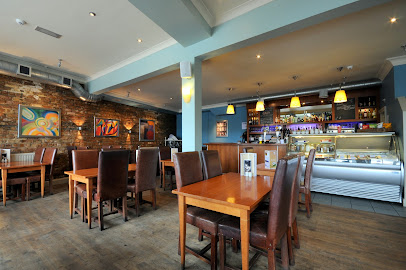
Caladh Inn
Experience warmth and comfort at Caladh Inn, your gateway to exploring Stornoway and the stunning landscapes of the Isle of Lewis.

The Boatshed Restaurant
Experience authentic Scottish cuisine at The Boatshed Restaurant in Stornoway – where local flavors meet stunning harbor views.
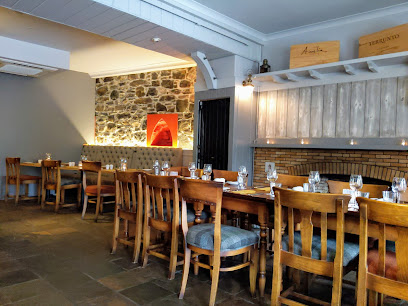
Cabarfeidh Hotel
Discover Scottish hospitality at Cabarfeidh Hotel in Stornoway – where comfort meets breathtaking landscapes.
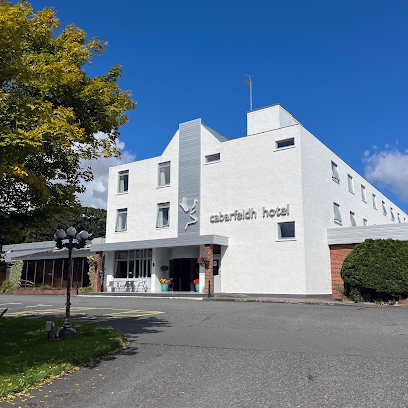
The Breakwater
Discover exceptional Scottish cuisine at The Breakwater in Port of Ness—where local flavors meet stunning coastal views.

Borve Country House Hotel
Experience comfort and Scottish hospitality at Borve Country House Hotel on Isle of Lewis - your gateway to stunning landscapes.

The New Lewis Bar
Experience the warmth of Hebridean hospitality at The New Lewis Bar—your family-friendly pub with great drinks and live music in Stornoway.
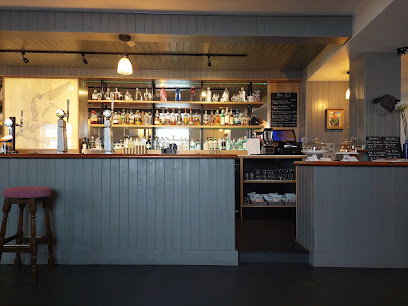
Isle of Lewis
Explore the stunning landscapes and rich cultural heritage of Isle of Lewis – a hidden gem in Scotland’s Outer Hebrides.
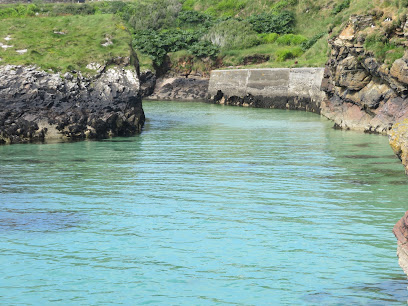
Uig Sands Restaurant
Experience authentic Scottish cuisine at Uig Sands Restaurant on Isle of Lewis - where local flavors meet breathtaking coastal views.
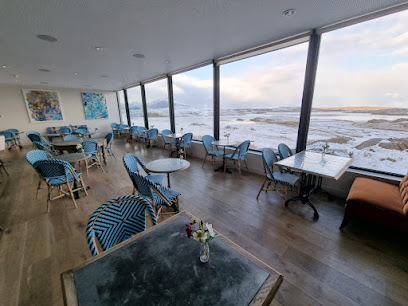
Crust
Experience delicious takeaway pizzas at Crust on Isle of Lewis—where fresh ingredients meet breathtaking landscapes.
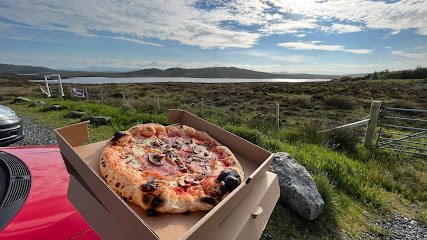
Wobbly Dog of Lewis
Discover the charm of Wobbly Dog of Lewis – a delightful café where tasty treats meet dog-friendly vibes on the Isle of Lewis.

The Blue Lobster
Discover delightful flavors and unique gifts at The Blue Lobster, Stornoway's charming coffee shop with stunning harbor views.
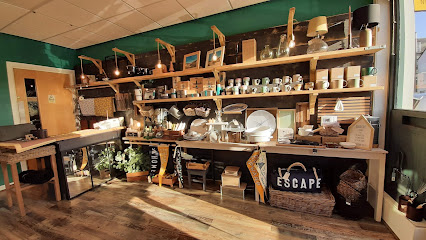
Bridge Centre Cafe
Experience warmth and delicious meals at Bridge Centre Cafe in Stornoway – your perfect stop for breakfast and relaxation amidst stunning scenery.
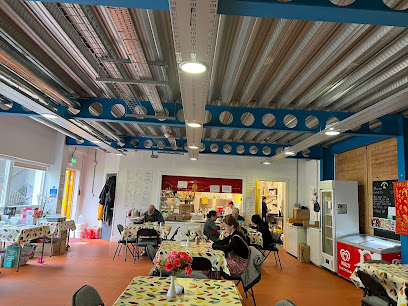
Markets, malls and hidden boutiques
Uig Community Shop
Discover the charm of Uig Community Shop, your go-to destination for local products and essentials on the Isle of Lewis.
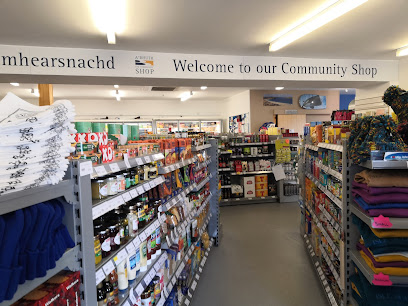
Cross Stores
Discover Cross Stores in Isle of Lewis for all your convenience needs, offering local products and friendly service in a charming setting.
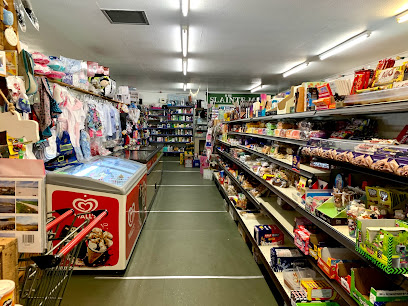
The Good Food Boutique
Experience the best of local delicacies at The Good Food Boutique, a charming deli in Stornoway offering artisanal foods and unique flavors.
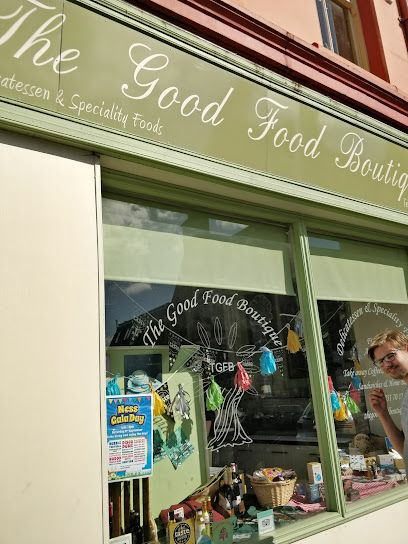
Peacocks
Experience affordable fashion at Peacocks, a top clothing shop in Stornoway, perfect for stylish souvenirs from your Scottish adventure.

The Hebridean Hobby Centre
Explore the beauty of handmade crafts and local artistry at The Hebridean Hobby Centre in Stornoway, a true gem of the Hebrides.
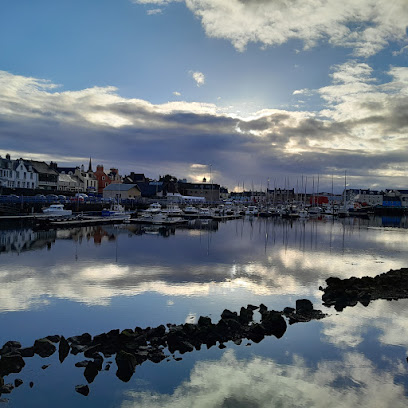
The Weaving Shed
Discover unique handcrafted gifts and local artistry at The Weaving Shed, a gem on the Isle of Lewis.
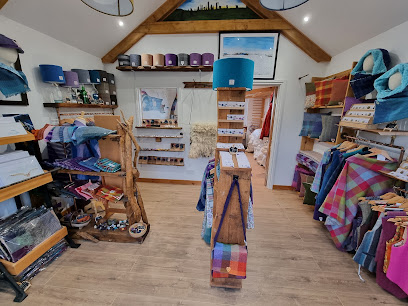
Celtic Clothing
Explore Celtic Clothing in Stornoway for authentic Scottish gifts, kilts, and exquisite jewelry that embody the rich culture and heritage of Scotland.
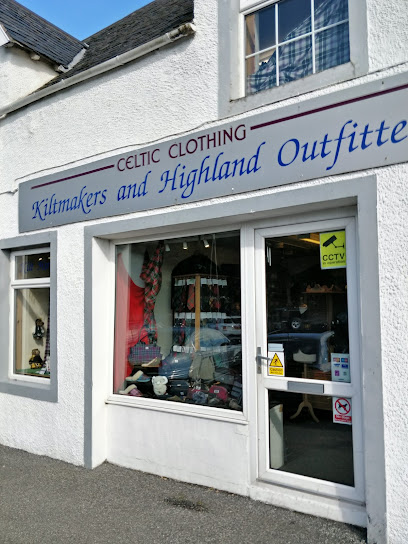
The Original Factory Shop (Co-op Stornoway)
Discover unbeatable deals at The Original Factory Shop in Stornoway, your one-stop destination for clothing, beauty, and party supplies.

Harris Tweed Hebrides
Experience the unique charm of Harris Tweed Hebrides, where tradition meets craftsmanship in stunning clothing and accessories.
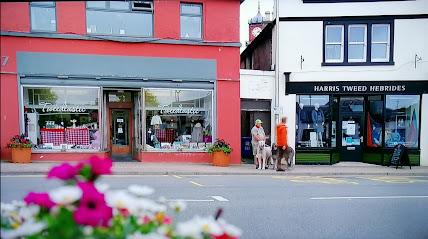
Lewis Revival
Explore Lewis Revival in Stornoway for unique antiques and homewares that capture the essence of Scottish heritage.
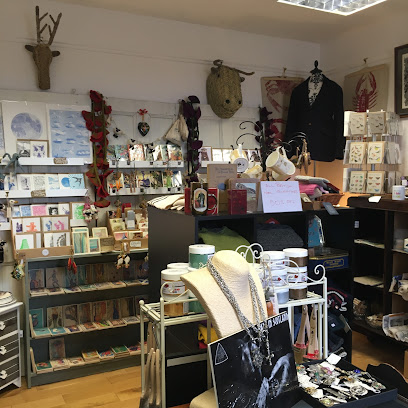
Sardar & Sons
Explore Sardar & Sons in Stornoway for unique clothing and local craftsmanship, perfect for special occasions and everyday wear.
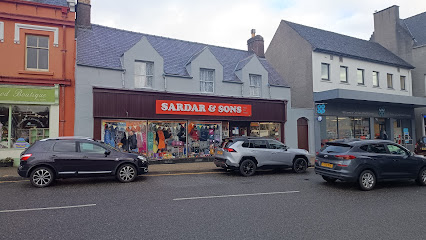
Tweedtastic
Experience the rich textile heritage of Stornoway at Tweedtastic, where unique handcrafted tweed and wool products await every visitor.
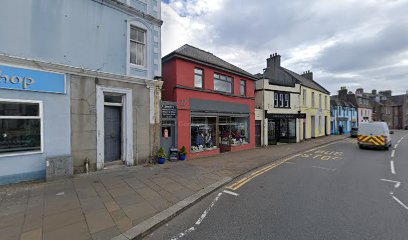
Sea in Design
Explore the rich maritime heritage of the Isle of Lewis at Sea in Design, an antique shop filled with unique treasures that tell captivating stories.
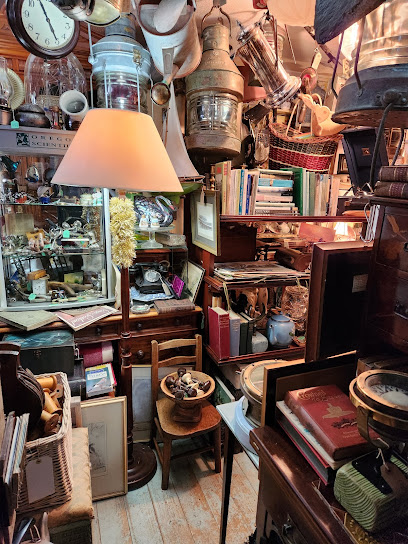
Nicolson & Co Ltd
Explore Stornoway's local charm at Nicolson & Co Ltd, a delightful newsagent offering a rich selection of magazines and local treats.
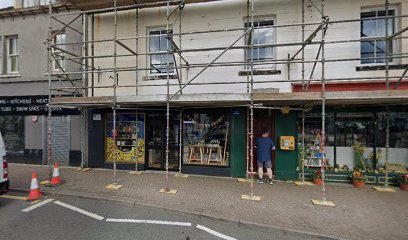
Dancing Flower Crafts
Discover the essence of the Isle of Lewis at Dancing Flower Crafts, where local artistry meets unique souvenirs in a charming craft shop.
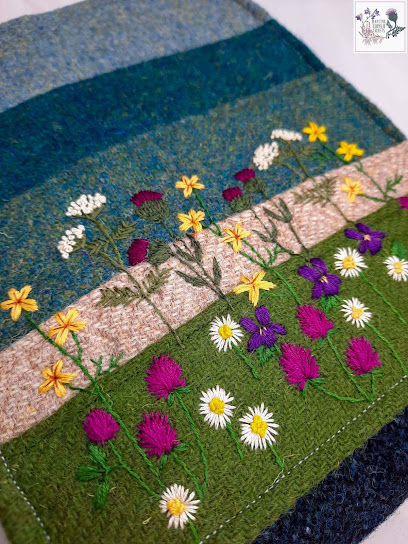
Essential bars & hidden hideouts
Crown Hotel
Experience the heart of Stornoway at Crown Hotel, where local flavors meet warm hospitality in the stunning Outer Hebrides.
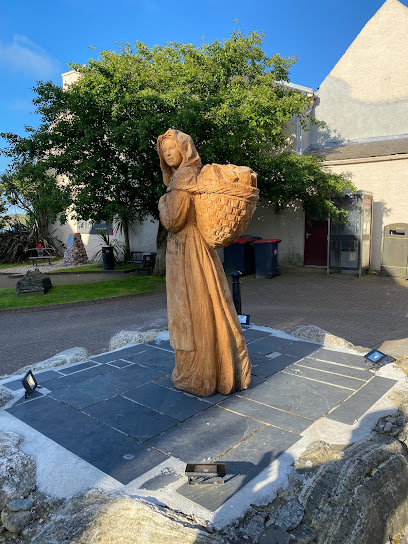
Eleven Restaurant & Bar
Discover Eleven Restaurant & Bar in Stornoway for an unforgettable dining experience blending local and European flavors in a warm and inviting atmosphere.
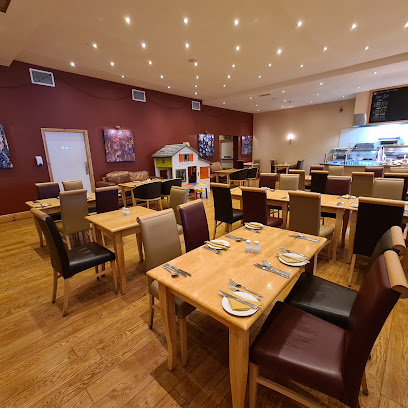
HS-1 Cafe Bar
Discover the flavors of Scotland at HS-1 Cafe Bar in Stornoway, where local ingredients meet warm hospitality in a charming setting.

McNeills
Discover the inviting atmosphere of McNeills Bar in Stornoway, where local brews and friendly vibes await every traveler.
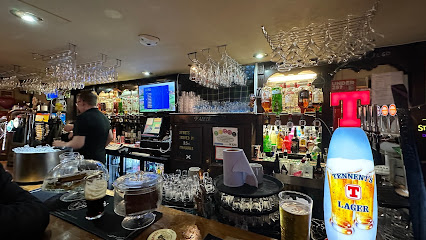
Artizan
Discover Artizan in Stornoway: a unique cafe, cocktail bar, and event venue offering delicious food, drinks, and local gifts in a warm atmosphere.
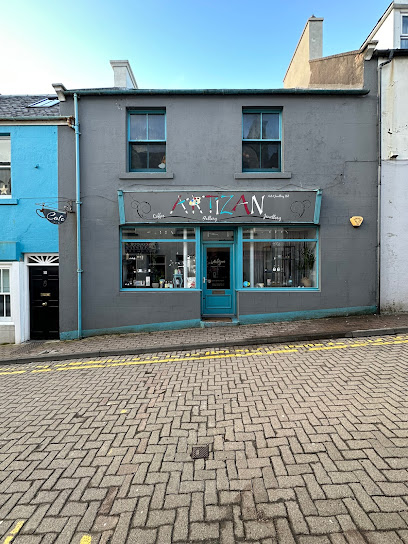
The Breakwater
Discover the culinary treasures of the Isle of Lewis at The Breakwater, where local flavors meet stunning coastal views.

Borve Country House Hotel
Experience the charm of Borve Country House Hotel, a cozy retreat in the heart of the Isle of Lewis, blending comfort and local culture.

The New Lewis Bar
Discover the charm of The New Lewis Bar, Stornoway's family-friendly pub with delightful food and breathtaking coastal views.
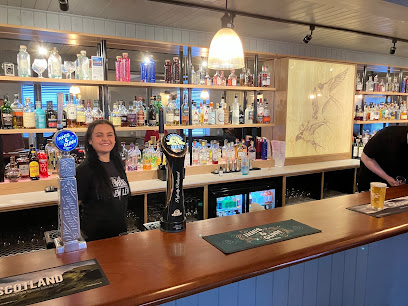
Cross Inn
Discover the warmth of Cross Inn, a charming bar and inn in the heart of the Isle of Lewis, offering local flavors and cozy accommodations.

The Criterion Bar
Experience the warmth of Scottish hospitality at The Criterion Bar in Stornoway, where great drinks and local culture meet.
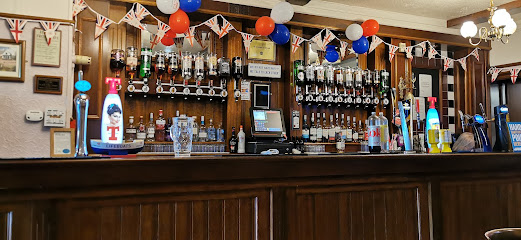
No.9 Coffee Shop + Cocktail Bar
Discover the perfect blend of coffee, cocktails, and cozy vibes at No.9 Coffee Shop + Cocktail Bar in Stornoway.

Star Inn
Experience Scottish hospitality at Star Inn, Stornoway's charming pub with a cozy atmosphere and a great selection of local drinks.
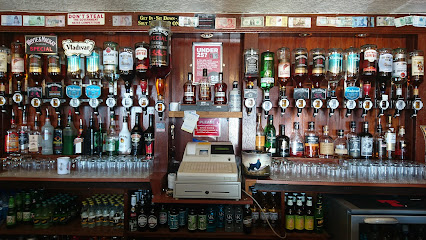
Lewis & Harris Rangers Supporters Club
Experience the vibrant local spirit at the Lewis & Harris Rangers Supporters Club, a social hub for sports fans in Stornoway.

Stornoway Distillers @ The Fank
Experience authentic Scottish cuisine and warm hospitality at The Fank, Stornoway's premier bar and restaurant offering local flavors and vibrant ambiance.

Loch Erisort Hotel
Discover the perfect blend of comfort and cuisine at Loch Erisort Hotel on the Isle of Lewis, where Scottish hospitality shines.

Local Phrases about Isle of Lewis
-
- HelloHalo
[ha-loh] - GoodbyeTìoraidh
[chee-ree] - YesTha
[ha] - NoChan eil
[khan yel] - Please/You're welcomeMa 'se do bheatha
[mah shuh duh vah-ha] - Thank youTapadh leat
[tah-puh le-at] - Excuse me/SorryGabh mo leisgeul
[gav mo lesh-kul] - How are you?Ciamar a tha thu?
[koo-uh-mar a ha hoo] - Fine. And you?Màth. Agus thusa?
[mah ah-gus hoo-sa] - Do you speak English?A bheil Gàidhlig agad?
[ah vayl gah-leek ah-gut] - I don't understandCha tuig mi
[kha too-ik mee]
- HelloHalo
-
- I'd like to see the menu, pleaseBu toil leam am mionaid fhaicinn, mas e do thoil e
[boo toh-il lyum am min-itch fah-kin, mas e duh hoh-il eh] - I don't eat meatChan eil biadh feòil agam
[khan yel bee-ah foh-il ah-gum] - Cheers!Slàinte!
[slahn-che] - I would like to pay, pleaseBu toil leam pàighinn, mas e do thoil e
[boo toh-il lyum pah-ee-neen, mas e duh hoh-il eh]
- I'd like to see the menu, pleaseBu toil leam am mionaid fhaicinn, mas e do thoil e
-
- Help!Cuinich!
[coo-nikh] - Go away!Falbh air falbh!
[fal-uh er fal-uh] - Call the Police!Cuiraibh fòn gu a' phoileas!
[koo-rahiv fon goo ah foh-lee-as] - Call a doctor!Cuiraibh fòn gu dochtair!
[koo-rahiv fon goo dohk-ter] - I'm lostTha mi air chall
[ha mee er kahl] - I'm illTha mi tinn
[ha mee teem]
- Help!Cuinich!
-
- I'd like to buy...Bu toil leam ceannach...
[boo toh-il lyum kyeh-nach] - I'm just lookingTha mi a' coimhead
[ha mee ah koh-met] - How much is it?Cia mheud a tha e?
[kee-uh vut a ha eh] - That's too expensiveTha sin ro dhoirbh
[ha shin roh gor-eev] - Can you lower the price?Am faod thu an t-àireamh a ìsliuchadh?
[am foh-ud hoo an tah-rav a ees-loo-uh-khah]
- I'd like to buy...Bu toil leam ceannach...
-
- What time is it?Dè an t-àm a th' ann?
[jay an tahm a ha ahn] - It's one o'clockTha e aon uair
[ha eh ayn oo-er] - Half past (10)Leath-uair as deich
[lah oor as jeh] - MorningMadainn
[mah-din] - AfternoonFeasgar
[fes-gar] - EveningFàilte
[faal-che] - YesterdayDèiridh
[jay-ree] - TodayAn-diugh
[ahn-joo] - TomorrowA-màireach
[ah-mar-ee-ach] - 1Aon
[ayn] - 2Dà
[dah] - 3Tri
[tree] - 4Ceithir
[keh-ir] - 5Còig
[koh-ik] - 6Sia
[shee-ah] - 7Seachd
[shachk] - 8Ochd
[okht] - 9Naoidh
[nee] - 10Deich
[jeh]
- What time is it?Dè an t-àm a th' ann?
-
- Where's a/the...?Càite a bheil...?
[kah-che ah vayl] - What's the address?Dè an seòladh?
[jay an shoh-luh] - Can you show me (on the map)?Am faod thu sealladh dhomh (air a' mhapa)?
[am foh-ud hoo shal-luh ghohv (er ah vah-pah)] - When's the next (bus)?Cuin a thig an ath (bus)?
[coo-in ah hik ahn ah bus] - A ticket (to ....)Tichead (gu ....)
[tik-yed (goo)]
- Where's a/the...?Càite a bheil...?
History of Isle of Lewis
-
The Callanish Standing Stones, also known as Calanais, are one of the most significant and well-preserved prehistoric sites in Scotland. Erected around 3000 BC, these megalithic stones form a cruciform pattern with a central stone circle. The purpose of the stones remains a mystery, though they are often associated with astronomical alignments and ancient rituals. Visitors to the Isle of Lewis are captivated by the mystical aura surrounding these ancient monuments.
-
The Isle of Lewis, like much of the Hebrides, was under Norse control from the 9th century until the 13th century. The Norsemen left a lasting impact on the culture, language, and place names. The island was part of the Kingdom of the Isles, ruled by Norse-Gaelic kings. The ruins of Norse settlements and the legacy of Norse sagas still resonate in the island's lore.
-
Discovered in 1831 on the Isle of Lewis, the Lewis Chessmen are a set of 12th-century chess pieces carved from walrus ivory and whale teeth. These exquisitely crafted pieces are believed to have been made in Norway and reflect the island's historical connections with the Norse world. The chessmen are now displayed in the British Museum in London and the National Museum of Scotland in Edinburgh.
-
The MacLeods of Lewis were one of the most powerful clans in the Hebrides. From the 14th to the 17th century, the clan played a significant role in the island's history. Clan feuds, alliances, and battles were common, with the MacLeods often clashing with the MacDonalds and other neighboring clans. The clan's history is deeply intertwined with the island's landscape, including the ruins of Stornoway Castle, which was once a stronghold of the MacLeods.
-
The Highland Clearances of the 18th and 19th centuries had a profound impact on the Isle of Lewis. Many residents were forcibly evicted from their homes to make way for sheep farming, leading to widespread emigration. Entire communities were uprooted, and the population of the island declined significantly. This period of hardship is an essential part of the island's history and has shaped its cultural identity.
-
In the mid-20th century, the Isle of Lewis experienced a cultural and economic revival. Efforts were made to preserve the Gaelic language, traditional music, and crafts. The island became a hub for Gaelic education and cultural events, such as the Hebridean Celtic Festival. This revival has helped to sustain and promote the unique heritage of the Isle of Lewis.
-
During World War II, the Isle of Lewis played a crucial role in the defense of the United Kingdom. The island's strategic location made it a key point for monitoring and intercepting enemy submarines and aircraft. The Royal Air Force established a base at Stornoway Airport, and many islanders served in the armed forces. The impact of the war is commemorated through various memorials and the stories of those who lived through it.
-
In recent years, the Isle of Lewis has become a focal point for renewable energy projects. The island's natural resources, such as wind and wave power, have attracted significant investment. The development of wind farms and other renewable energy initiatives has brought new economic opportunities and challenges to the island. This modern chapter in the island's history highlights its ongoing evolution and adaptation to contemporary issues.
Isle of Lewis Essentials
-
The Isle of Lewis is located in the Outer Hebrides of Scotland. The primary way to reach the Isle of Lewis is by ferry or plane. Ferries operated by Caledonian MacBrayne (CalMac) run from Ullapool on the mainland to Stornoway, the main town on the Isle of Lewis. The ferry ride takes approximately 2 hours and 30 minutes. Additionally, there are flights available from major Scottish cities like Glasgow, Edinburgh, and Inverness to Stornoway Airport, which is situated about 4 miles from the town center. The flight duration is typically around 1 hour.
-
Once on the Isle of Lewis, you can get around by rental car, taxi, or local bus services. Renting a car is the most convenient way to explore the island at your own pace. Taxis are available but can be expensive for long distances. Local bus services are operated by the Comhairle nan Eilean Siar and cover key routes around the island, including Stornoway, Harris, and other smaller villages. Cycling is also a popular option for those who enjoy outdoor activities.
-
The official currency on the Isle of Lewis is the British Pound (GBP). Credit and debit cards are widely accepted in most shops, restaurants, and hotels. However, it is advisable to carry some cash for use in smaller establishments, local markets, and rural areas where card payment facilities may not be available. ATMs are available in Stornoway and other larger villages.
-
The Isle of Lewis is generally a safe destination for tourists. Crime rates are low, and the local community is friendly and welcoming. However, it is always wise to take standard precautions such as not leaving valuables unattended and being aware of your surroundings. There are no specific high-crime areas targeting tourists, but it's always best to stay vigilant, especially when traveling alone or at night.
-
In case of an emergency, dial 999 for immediate assistance from police, fire, or medical services. Stornoway has a hospital, the Western Isles Hospital, which provides medical care for emergencies and other health issues. It is recommended to have travel insurance that covers medical emergencies. For minor health issues, there are pharmacies in Stornoway and other larger villages where you can purchase over-the-counter medications.
-
Fashion: Do dress warmly and in layers, as weather can change quickly. Waterproof clothing is advisable. Avoid overly casual or beachwear unless at the beach. Religion: Do respect local customs, especially on Sundays when many locals observe the Sabbath and many businesses are closed. Public Transport: Do be courteous and thank the bus driver. Don't be loud or disruptive. Greetings: Do greet people with a friendly 'hello' or 'good day.' A handshake is also acceptable. Eating & Drinking: Do try local specialties like black pudding and smoked fish. Don't refuse hospitality, as it is considered impolite.
-
To experience Isle of Lewis like a local, visit the local markets and shops where you can purchase traditional Harris Tweed and local crafts. Engage with locals, who are often happy to share stories and tips about the island. Don't miss visiting the Callanish Standing Stones, one of the island's most iconic landmarks. For a unique experience, explore the lesser-known beaches and coastal trails, which offer stunning views and tranquility. Additionally, participating in local festivals and events, such as the Hebridean Celtic Festival, can provide a deeper understanding of the island's culture and traditions.
Nearby Cities to Isle of Lewis
-
Things To Do in Stirling
-
Things To Do in Dundee
-
Things To Do in Aberdeen
-
Things To Do in Glasgow
-
Things To Do in Edinburgh
-
Things To Do in Vágur
-
Things To Do in Derry
-
Things To Do in Tvøroyri
-
Things To Do in Belfast
-
Things To Do in Nólsoy
-
Things To Do in Argir
-
Things To Do in Tórshavn
-
Things To Do in Miðvágur
-
Things To Do in Sandavágur
-
Things To Do in Sorvagur











